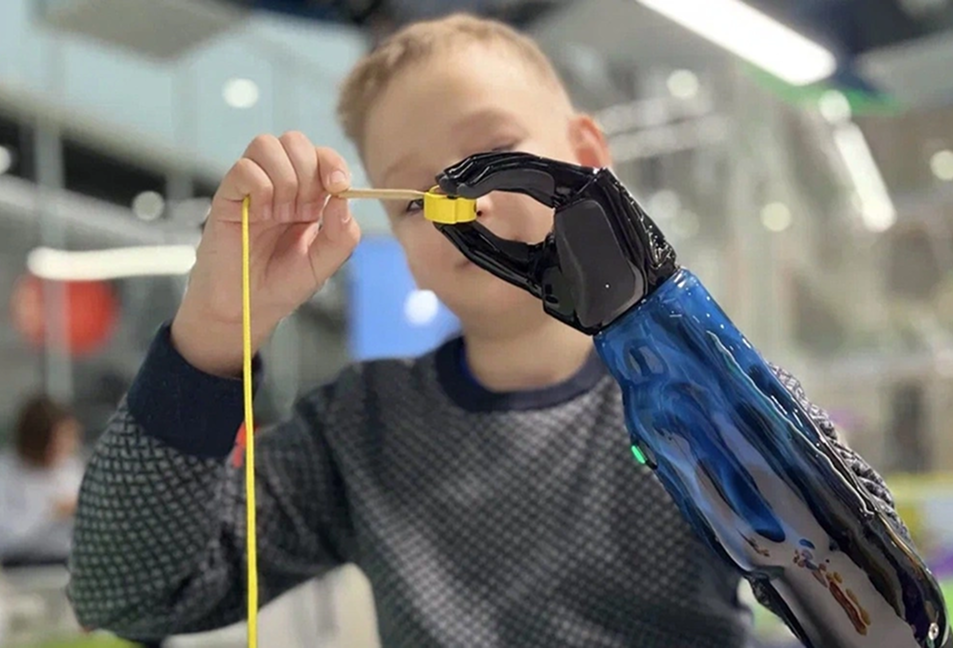Bionic prosthetics and cybernetics represent a revolutionary intersection of medicine, engineering, and robotics, redefining human capability and rehabilitation. In the United Kingdom, advancements in these fields are transforming lives by providing individuals with enhanced mobility, sensory feedback, and functional independence. The integration of electronics, robotics, and biological interfaces is not only restoring lost abilities but also pushing the boundaries of human-machine interaction, opening possibilities for augmented performance and improved quality of life.
Advances in bionic prosthetics
Bionic prosthetics, often referred to as “smart prosthetics,” combine mechanical components with electronics and sensors to mimic natural limb function. Modern devices allow for multi-joint movement, grip modulation, and intuitive control through muscle signals or neural input. UK institutions, including leading hospitals and research universities, are at the forefront of designing prosthetic limbs that integrate electromyography (EMG) sensors, force feedback, and adaptive algorithms. These devices enable users to perform tasks that were previously challenging or impossible, such as typing, grasping delicate objects, or performing complex hand gestures.
Neural interfaces and control systems
A critical aspect of bionic prosthetics is the development of advanced control systems that translate biological signals into precise mechanical movement. Myoelectric systems detect electrical activity in residual muscles, allowing intuitive control of artificial limbs. In the UK, research is progressing toward direct neural interfacing, connecting prosthetic devices to peripheral nerves or the central nervous system. This approach enables bidirectional communication: users can control prosthetics naturally while receiving sensory feedback, such as pressure or temperature, improving dexterity, coordination, and the sense of embodiment.
Cybernetic augmentation and human-machine integration
Cybernetics encompasses the study of control systems and communication between humans and machines. In the context of prosthetics, cybernetic principles guide the development of devices that seamlessly integrate with human physiology and cognitive processes. UK research explores hybrid systems where prosthetics not only restore lost function but also augment capabilities. Examples include enhanced grip strength, movement precision, and adaptive responses to environmental stimuli. Such developments raise possibilities for performance augmentation in rehabilitation, industrial applications, and even sports, while also highlighting ethical and social considerations regarding human enhancement.
Rehabilitation and healthcare applications
Bionic prosthetics have a transformative impact on rehabilitation and healthcare. For amputees, trauma survivors, or individuals with congenital limb differences, access to advanced prosthetic technology improves independence, mental health, and quality of life. UK healthcare institutions, including the NHS and specialised rehabilitation centres, integrate prosthetic training with physiotherapy, occupational therapy, and psychological support. Tailored rehabilitation programmes ensure that patients adapt to devices effectively, regain confidence in daily activities, and maximise functional outcomes.
Research, innovation, and collaboration
The United Kingdom is a hub for bionic prosthetic research, combining expertise in biomedical engineering, robotics, neuroscience, and materials science. Universities such as Imperial College London, the University of Edinburgh, and University College London conduct interdisciplinary research on lightweight materials, improved actuator design, and enhanced sensory feedback. Collaboration between academia, medical institutions, and industry accelerates translation from laboratory prototypes to commercially available devices, ensuring that technological innovations reach patients efficiently.
Materials and design innovations
Advances in materials science are essential for bionic prosthetic development. Lightweight composites, flexible polymers, and responsive actuators improve comfort, mobility, and durability. Additive manufacturing, or 3D printing, enables bespoke prosthetic designs tailored to individual anatomy, allowing for precise fit and aesthetic customisation. In the UK, research projects are exploring biomimetic materials that respond to environmental conditions or adapt to user movement patterns, further enhancing prosthetic functionality and user experience.

